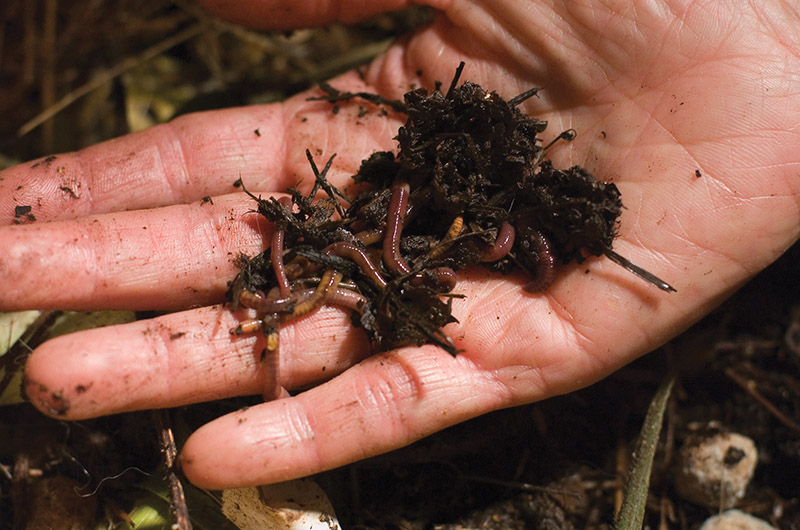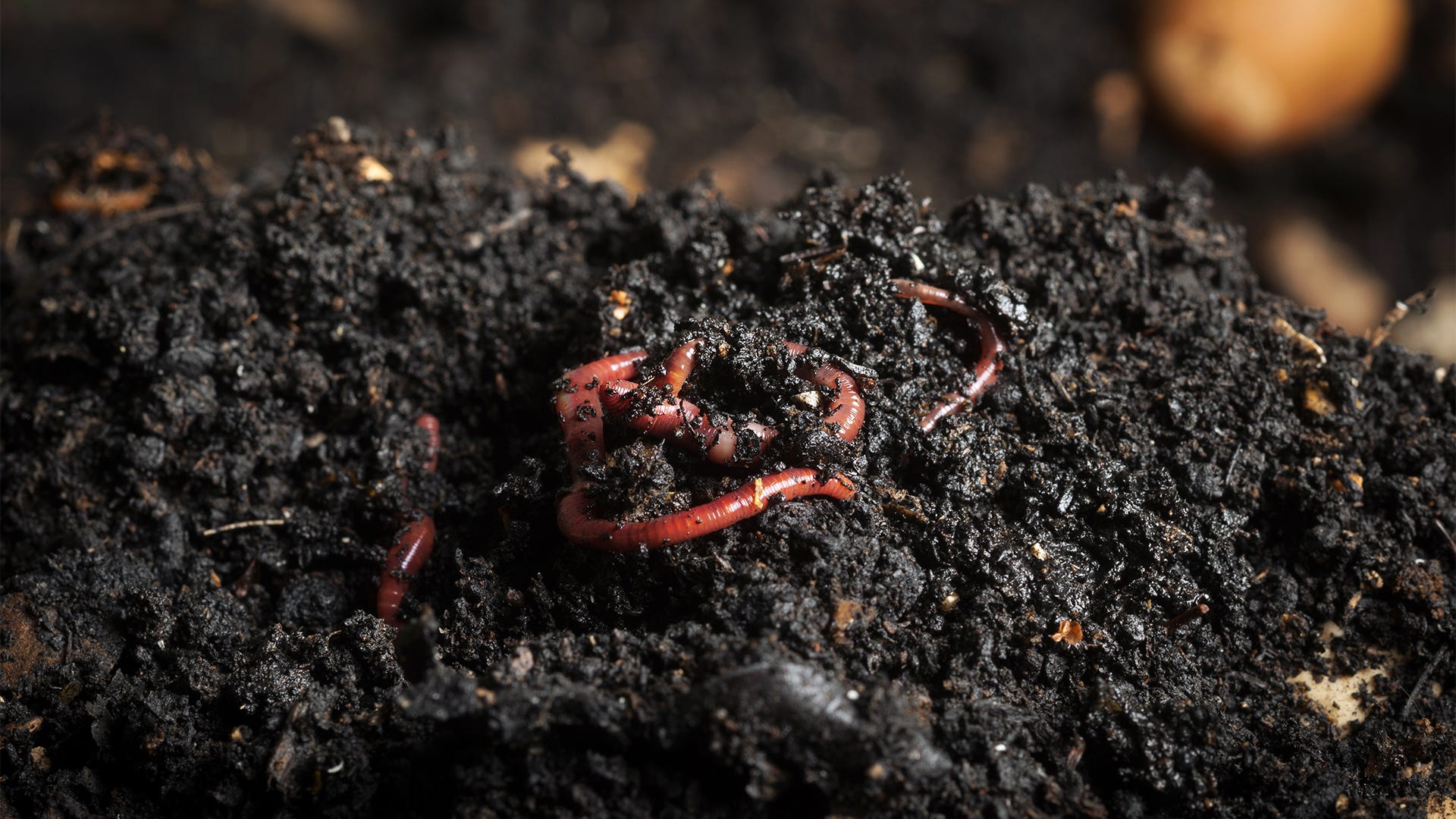Whatever You Required to Understand About Red Wigglers for Composting
Red wigglers, or Eisenia fetida, play a critical duty in the realm of composting, changing natural waste right into useful dirt changes. The process of setting up a worm container and keeping it can pose difficulties.
What Are Red Wigglers?

(red wiggler worms for sale near me)
Native to North America, red wigglers are surface-dwelling microorganisms that prefer wet, warm environments abundant in disintegrating raw material. Their diet plan is composed mainly of rotting plant product, food scraps, and various other organic particles, which they eat and damage down efficiently. As they absorb this material, they generate nutrient-rich castings that boost soil fertility.
Red wigglers are hermaphroditic, having both male and female reproductive organs, and can duplicate swiftly under optimum conditions. This capacity makes them an ideal selection for composting systems, as their populace can enhance rapidly. Their strength and versatility to various atmospheres better solidify their value in lasting waste monitoring techniques. Overall, red wigglers are vital factors to the procedure of recycling natural waste into important compost.
Benefits of Utilizing Red Wigglers
Utilizing red wigglers in composting systems uses countless advantages that enhance both the effectiveness of waste management and the top quality of the resulting garden compost. These worms, scientifically referred to as Eisenia fetida, are particularly reliable at breaking down raw material, transforming cooking area scraps and backyard waste right into nutrient-rich compost at a sped up rate.
Among the primary benefits of making use of red wigglers is their ability to take in huge quantities of organic product, frequently processing their weight in food waste daily. This high consumption rate leads to quicker disintegration and decreases the volume of waste sent out to landfills. The castings produced by red wigglers are abundant in important nutrients, advantageous microbes, and enzymes, making them a superb plant food for gardens and plants.
In addition, red wigglers flourish in a variety of environments, making them versatile for both indoor and outdoor composting systems - red wigglers. Their existence in a compost container assists to aerate the material, avoiding odors and advertising a healthy and balanced composting procedure. On the whole, employing red wigglers not only contributes to reliable waste management yet also supports sustainable gardening methods via the production of premium compost
(red wigglers for sale near me)
Establishing Your Worm Container
To efficiently set up a worm bin, it is important to select a suitable container that fulfills the needs of red wigglers while offering a helpful atmosphere for composting. An appropriate bin can be made from plastic, wood, or metal, with a capability of at the very least 1 square foot for every pound of worms.
Ensure the container has appropriate drainage holes to avoid excess wetness, as red wigglers grow in a wet, yet not waterlogged, environment. red wigglers. The container needs to also be ventilated to offer enough airflow, stopping anaerobic problems that could hurt the worms
A perfect location for the worm bin is an amazing, dark area, without straight sunlight and severe temperatures, as red wigglers like a temperature level range of 55 to 77 levels Fahrenheit.
Before presenting the worms, prepare bedding products such as shredded paper, cardboard, or coconut coir, which will provide both habitat and food. Dampen the bedding gently to produce an inviting setting for the worms. Finally, consider placing a cover on the container to keep humidity and lower pests, while guaranteeing it can be easily eliminated for upkeep.
Feeding and Treatment Guidelines
Feeding red wigglers is a crucial element of maintaining a healthy composting system. These worms prosper on a diverse diet regimen, mainly composed of natural materials such as vegetables and fruit scraps, coffee grounds, and smashed eggshells. It is vital to prevent feeding them meat, dairy products, and oily foods, as these can produce unpleasant smells and bring in parasites.
When presenting food to your worm container, slice or shred products into smaller pieces to assist in quicker decay. Begin with tiny quantities to gauge the worms' usage rate, slowly raising the quantity as they adjust. It is a good idea to alternate feeding areas within the container to motivate complete blending and oygenation of the compost.

Troubleshooting Common Issues
Keeping a thriving worm composting system can in some cases present difficulties that call for interest and troubleshooting. Usual issues include an unpleasant odor, which usually shows overfeeding or the presence of anaerobic conditions. To remedy this, lower the quantity of food added and make certain proper oygenation by blending the bedding material.
An additional constant trouble is the retreat of worms from the container. This can take place because of too much dampness or improper environmental conditions. On a regular basis inspect the wetness levels, going for a damp yet not soggy consistency, and maintain optimum temperatures between 60-80 ° F(15-27 ° C )to create a comfy environment for your red wigglers.
Parasites, such as fruit flies, can also get into worm containers. red wigglers. To combat this, cover food scraps with a layer of bed linens or shredded paper to hinder flies from laying eggs. Furthermore, make certain that any type of food added is fresh and totally free from mold, which can draw in unwanted parasites
Finally, if your worms appear non-active, inspect for Lake Rhodhiss Worms anxiety variables such as temperature level changes or insufficient moisture. Dealing with these common issues will assist maintain a healthy and effective worm composting system.
Final Thought
In recap, red wigglers, or Eisenia fetida, play an important duty in lasting waste management with vermicomposting. Proper setup and maintenance of a worm bin, along with adherence to feeding standards, make sure a thriving environment that decreases land fill payments.